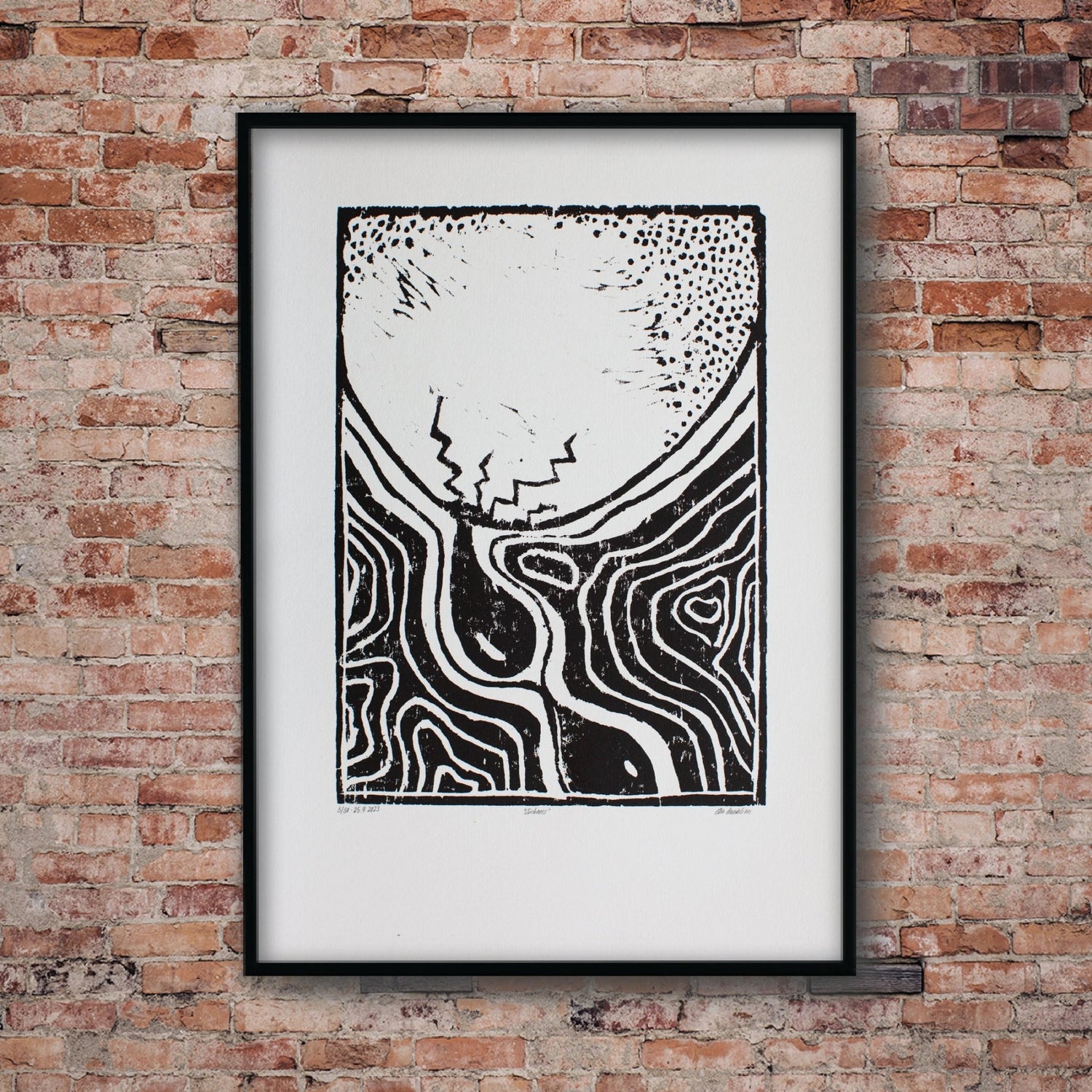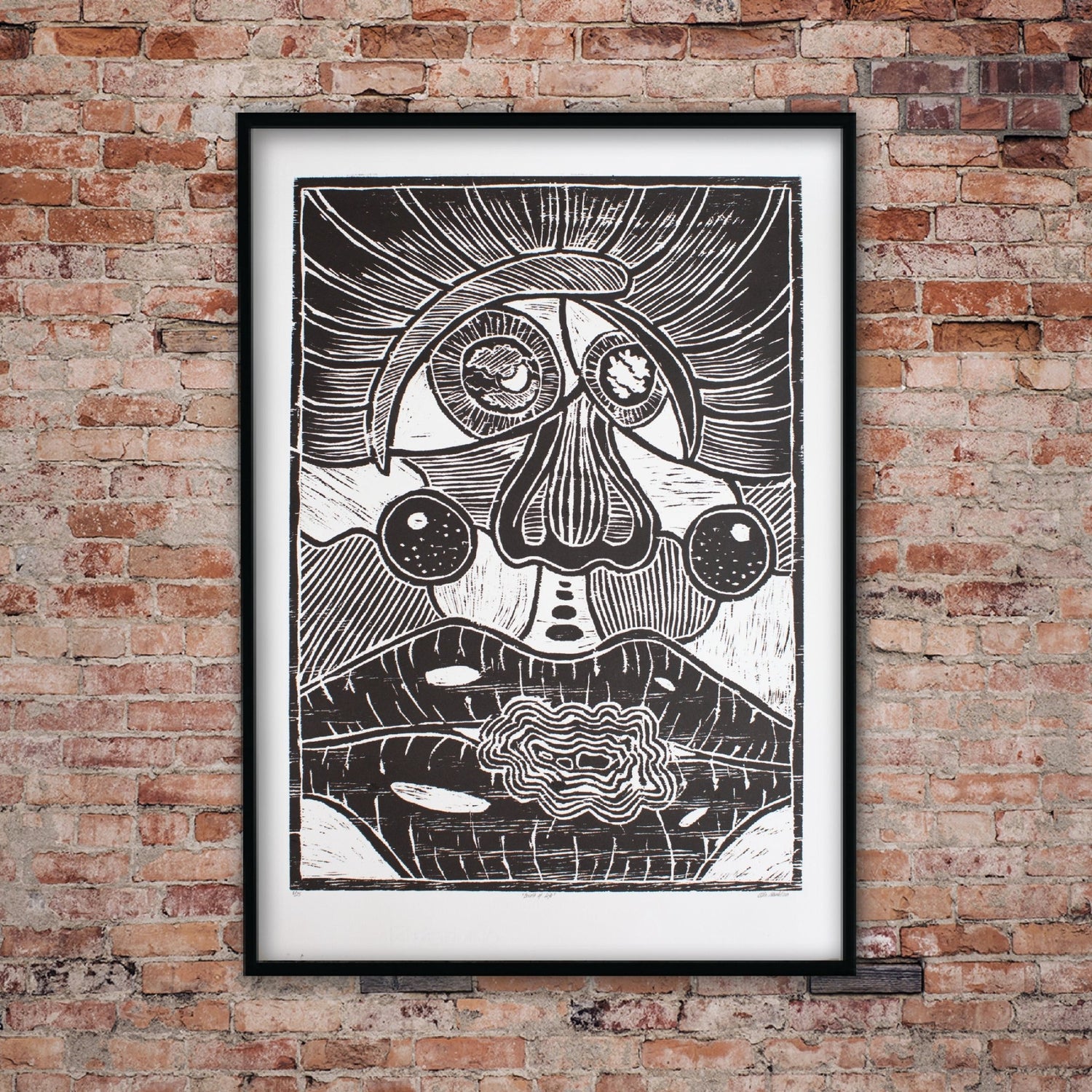Maybe you have visited an art exhibition and in awe you have seen often how series of artworks are exhibited together and represented along with a theme. Have you ever wondered, what made the artist create that series? How did the artist feel and think or what inspired the artist? What does it take to create a series of artwork and which benefits come from developing a series of artwork?
An art series can be explained as a series or collection of artworks with a common theme, technique, color palette or subject. As an example, Norwegian artist Edvard Munch (1863 – 1944), developed an art series throughout the 1890s with themes in his paintings related to death, love and anxiety. In 1902 he exhibited twenty-two of his artworks at an exhibition in Berlin under the title Frieze: Cycle of Moments from Life and displayed them under the four thematic sections: anxiety, death, love and the passing of love. Besides having a common theme, they also had a visual common style that connected the artworks.
Often artists will explain and elaborate of the background of their art series and the why’s of an art series is usually viewed as an important part of the presentation of an art concept. Other times we might not know the exact reasons behind a birth of an art series. Still the artworks and the life of the artist might explain parts of the reasons. Like in the case of Edvard Munch, were the early death of his parents and his sister, Sophie influenced the theme of death seen in his artworks. One of his most famous works, The Sick Child, (1885) depicts his sister, sick from Tuberculosis, moments before her death. The traumatic event of the loss of his sister was a theme in a number of Edvard Munch’s artworks over a period of more than forty years.
During Pablo Picasso’s blue period (1901 – 1904), his art was dominated by a blue and monochromatic color palette, often depicting beggars and poor people, prostitutes and blind people in unfortunate living conditions. Pablo Picasso’s own life, economical struggles and emotional state, is believed to have inspired his blue period or series of artworks in this period. The suicide and death of his close friend Carlos Casagemas (1881 – 1901) is also believed to have influenced his emotional wellbeing along with the struggle of poverty and still not being recognized for his art.

From a visit at the MUNCH Museum, Oslo, Norway (2023)
Besides the whys of famous painters’ reasons for their makings of their art series and their styles and themes depicted, why is developing art series beneficial for an artist? Focusing on a topic or a theme through a series of artworks allows for a deep dive into a subject for the artist. It’s an opportunity to develop a specific technique as much as a concept or develop a motive in different ways and from different angles. For new artists it is helpful to make series of works to develop and define the artist style and ways of expressing themselves. Many artists find that the commitments and meaningfulness of their works gets deeper when immerging in making series of artworks, rather than single works of art.
The more artworks an artist make within a series, the more the artist explore different perspectives within the subject and the connections and engagement to the art project gets deeper. The communication of the art concept to the viewer and to the artist herself, usually gets stronger and clearer through a number of works. A concept or theme of a single artwork might not always be clear to the viewer, but through a series of artworks, the theme appears in a clear and consistent way to the artist and the viewer. The above-mentioned points are the same reasons why art galleries usually present bodies of works or art series at their exhibitions. The galleries know that the audience needs to see the art explained through, not one piece of art, but through the story told through the artwork series. The audience need to understand the concept and story told behind the visuals in a clear way.
Personally, I can concur with the statement, that series of artworks bring an artist closer to the core of their concept and connects you to the art you are making. During the last year I have been working on creating different art series, focusing especially on one art series called “Eggstentialism”. This series, I am hoping to exhibit during the year, if any gallery sees the story I am telling, through the works, the medias and the techniques I have used. The visual common thread I have used throughout the series, is simple organic and geometrical lines and shapes. The egg shape is dominant as part of the main motives or patterns in the compositions. In some of the artworks in the series, I use simple, outlined cartoonish animals in unison with organic or geometrical patterns and shapes. The artworks are either in black and white or colorful. All are simple in their expressions and outlines.
The series share and express a common theme, “Eggstentialism”, a humorous twist of the philosophy Extentialism, which the Danish psychologist and philosopher Søren Kierkegaard is said to be the ‘father’ of. The series is using an expressionistic way to describe different traits, states, situations and emotions experienced in our personal life and observed in the environment. The series is focusing on the personal observation and reflections of life on a personal and overall level. The egg shape in the artworks representing life and the earth separately and dually, with its strengths and fragilities. The contrast between the black and white in the artworks highlight the contrasts in life between the strengths and fragilities in life. The cartoonish animal characters have a pop-art style to it, presenting deep topics in a light-hearted, humorous and simple way.
As much as the “Eggstentialism” series is an observation of life from a personal viewpoint, it invites the viewers to reflect over their own life to understand personal emotions and experiences through the journey of life. I believe there is benefit in understanding our own emotions and being able to express our emotions in a meaningful way. I believe art is an excellent way to do both. In the development of making an art series, as much as refining and clarifying the story to be told to the observer, the art series reflect and explain my own life and emotions in relation to a subject or theme. Delving into creating series of artworks exposes me to see the subjects from new perspectives and to develop new techniques to express them and to refine and define my style. I agree with what Søren Kierkegaard once said: “Life can only be understood backwards; but it must be lived forwards.”
Next time you visit an art exhibition, maybe you will pay extra attention when you read the artist statement or the concept of the art series. Maybe you observe to see the artists story in a clearer way on a deeper level and you enjoy the exhibition even more. Art is a never ending topic and the deeper you go, the more there is to explore!

Part of the 'Eggstentialism' series by Elin Hauklien
Sources:
https://www.britannica.com/biography/Pablo-Picasso/Blue-Period
https://www.guggenheim.org/teaching-materials/picasso-black-and-white/blue-period
https://www.milanartinstitute.com/blog/how-to-create-a-series
https://www.edvardmunch.org/the-sick-child.jsp
https://www.masterworksfineart.com/artists/pablo-picasso/blue-period
https://www.artbusiness.com/advantages-for-artists-to-making-art-in-series.html







